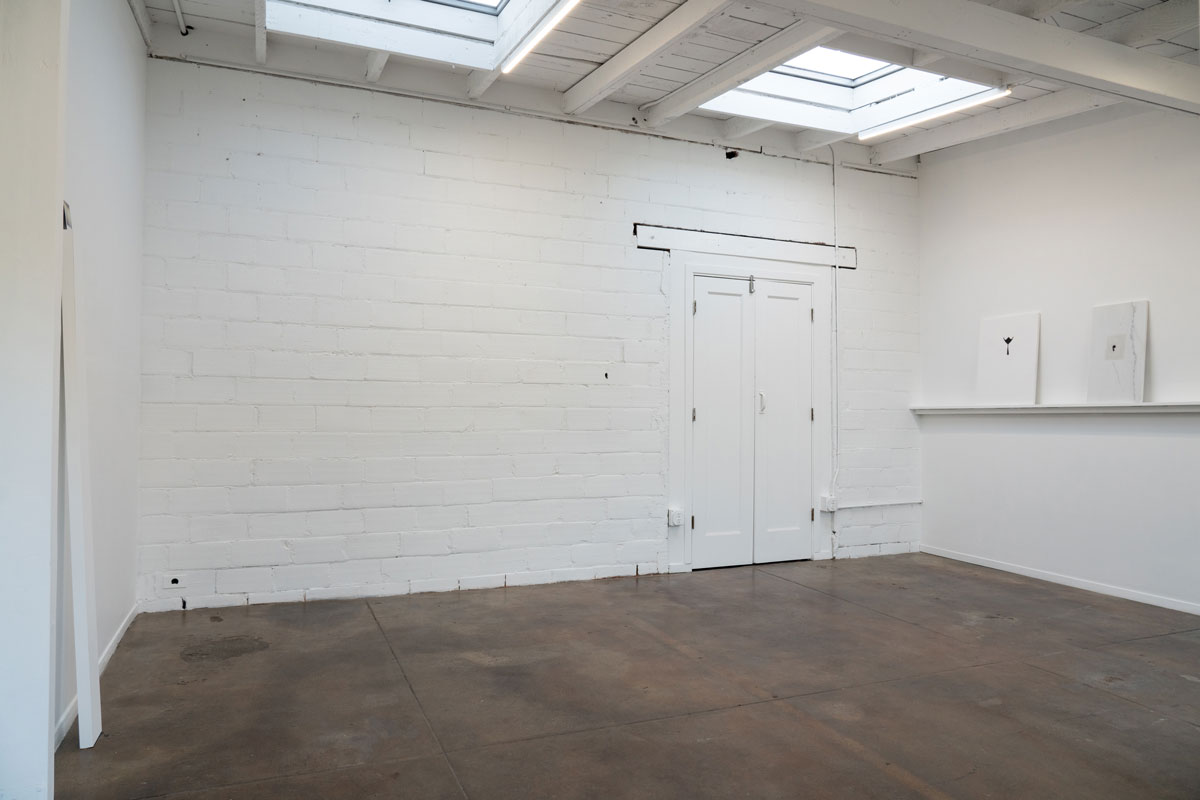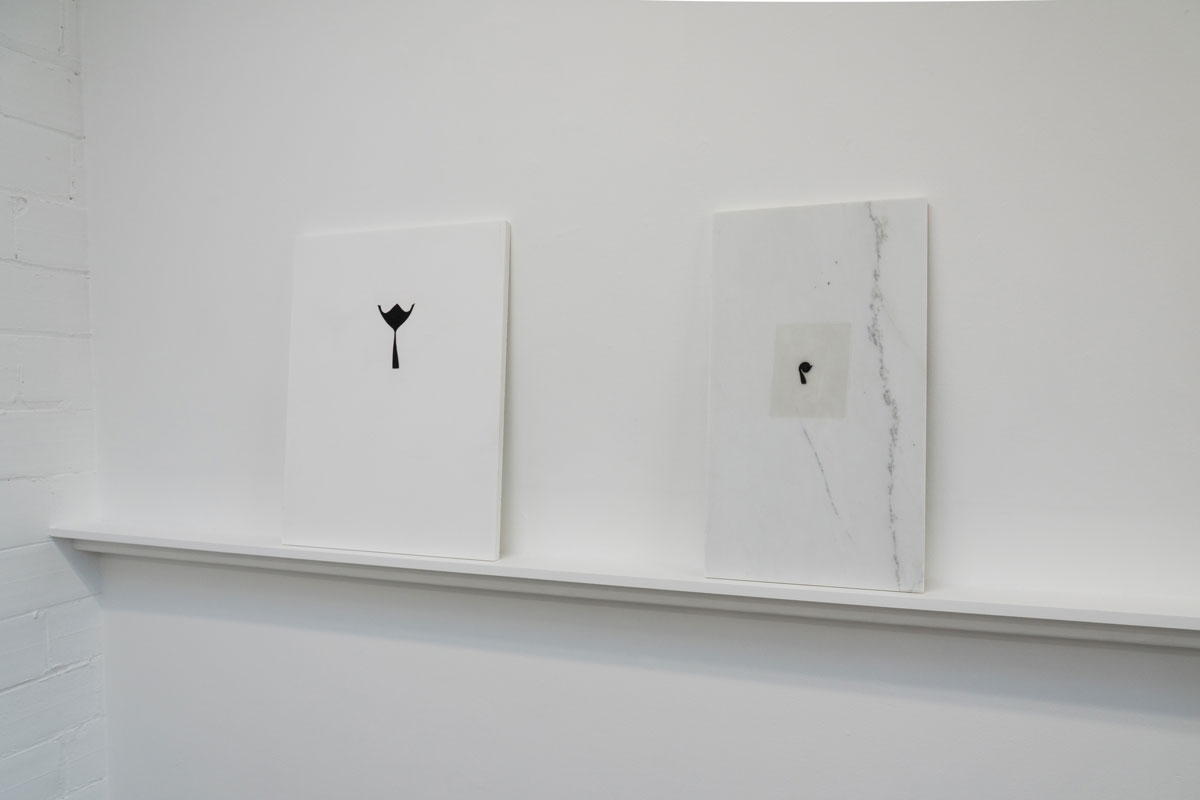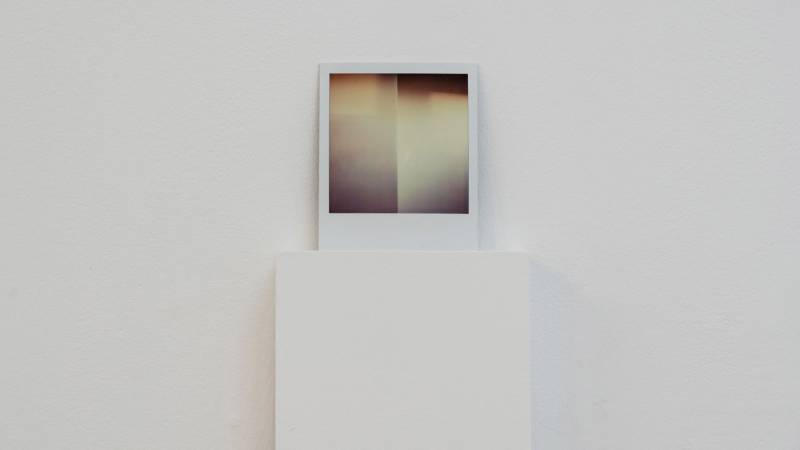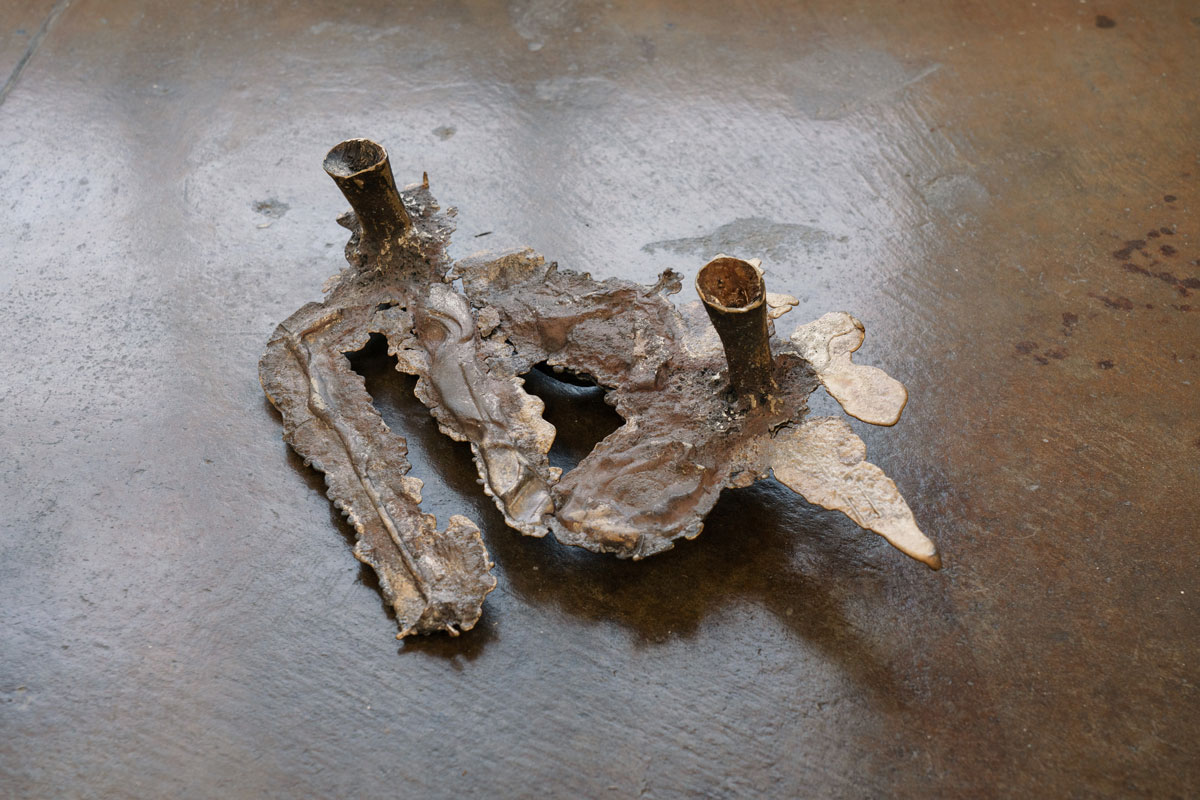It’s the final days of Interface Gallery, an arts space that for the past nine years has carved out a pocket of defiantly noncommercial experimentation in a Temescal alley otherwise dominated by boutique shops and succulents.
Interface is not closing because of the pandemic, but simply because all things must eventually end—especially things that run on the energy of a single person. Director Suzanne L’Heureux says it’s time. The gallery has been sustainable all these years through a combination of her free labor, grants, fundraisers and the occasional artwork sale.
Most notably, Interface has upheld a standard of compensation for artists; the gallery has distributed over $30,000 in exhibition honorariums and stipends to writers and performers. L’Heureux’s programming has been both local and international in scope, showcasing just a few works at a time in installations that make the most out of the space’s changeable light, brick wall and architectural elements left over from its initial equine use.

The gallery has been a lamp shop, a comedy club, a place for quiet introspection. Even when Interface wasn’t “open,” I could peek through its large alley-facing window and get a pretty good view of a show. Or L’Heureux would text me the door code for a private off-hours visit. But so many times, she met me in person to tour me around the minuscule space, laying out her curatorial process, relaying conversations with artists I would never meet. Her enthusiasm for each show was catching, her attention to detail impressive.
In keeping with the gallery’s history of pared-down, minimalist installations, its final show, Threshold, contains just four works. Two from Rebeca Bollinger, two from Léonie Guyer, who work within a limited vocabulary of materials and gestures, minimalists in their own rights. The San Francisco artists had long discussed collaborating on a show, but it took L’Heureux to finally bring them together, and the many years of working in each other’s orbits lead to an effortlessly balanced two-person exhibition.

The show’s name, perfect for the end of an exhibition space, also speaks to the many edges of both legibility and form in Bollinger and Guyer’s works. The first piece that welcomes you across the threshold into Threshold is a 1993 double-exposed Polaroid repurposed as a sculpture, standing on a very vertical plinth in an echo of the gallery’s own architecture. A stripe runs down the center of the Polaroid, an indistinct and abstract image that could any number of things, purplish and hazy, a brooding aura.




